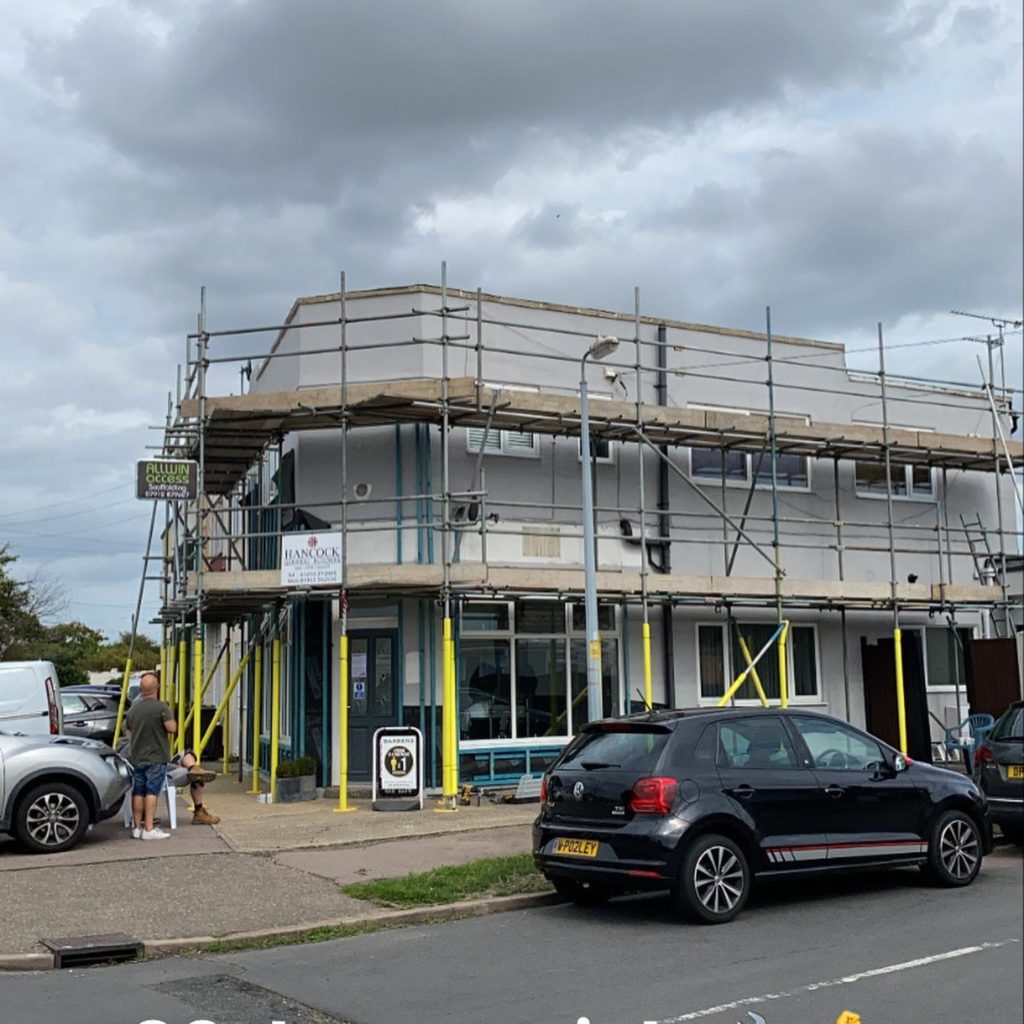Commercial supports plays a pivotal role in the construction sector, providing essential support and access for laborers engaged in a variety of projects. Be it a thriving downtown high-rise, a restoration of a historical building, or the construction of modern retail spaces, scaffolding ensures that job sites are safe and efficient. Understanding the regulations that govern business scaffolding is crucial for contractors, project managers, and security personnel as well. This guide covers everything you require to know about scaffolding regulations, from categories of scaffolding to security protocols and adherence measures.
As business projects grow in size and difficulty, having the right scaffolding system is increasingly necessary. It not only improves site safety but also adds to the overall effectiveness of the construction process. In this article, we will examine the various types of scaffolding used in business projects, explore how scaffolding aids to workplace security, and discuss the regulatory landscape that ensures adherence. With a focus on best practices, we aim to equip readers with the knowledge needed to maneuver through the frequently complex world of commercial scaffolding.
Understanding Scaffold Regulations

Scaffold guidelines are vital for ensuring the protection and adherence in business building. These regulations are designed to protecting workers and the public against the potential dangers related to scaffold systems, which include accidents and failure of structures. Organizations like the Occupational Safety and Health Administration provide specific instructions that scaffolding needs to meet. Understanding these requirements is important to any construction company to risks and prevent costly fines.
Alongside national regulations, several states possess distinct rules which may set more stringent standards. Organizations have to know the two sets of rules to guarantee full conformance. This includes understanding the requirements regarding scaffolding design, building, and utilization, as well as maintaining detailed records about inspections and safety education. Compliance not just enhances safety measures but also builds reputation among clients as well as partners.
Frequent reviews along with updates of scaffold guidelines are necessary since building methods develop and emerging hazards are recognized. Staying informed of modifications to the rules aids firms adjust safety protocols and training initiatives as needed. It is important for building supervisors and employees should engage in continuous education related to the standards for scaffolding, which will both enhance workplace safety and also cultivate an environment that embodies conformity inside the company.
Enhancing Safety and Conformity
Safety is paramount in commercial scaffolding, as the height and character of these installations can pose serious hazards. Ensuring compliance with safety guidelines not only safeguards workers but also reduces the likelihood of construction delays due to accidents. Scaffolding must be designed and constructed according to recognized guidelines, such as those established by OSHA, to ensure that all laborers are safeguarded during their tasks. This includes adhering to proper load limits, ensuring stability, and equipping scaffolds with necessary safety elements.
Routine safety checks are essential to ensuring a safe working environment. These reviews help identify potential hazards such as deterioration, improper assembly, or any issues that might compromise the stability of the scaffolding. By conducting comprehensive, routine inspections and adhering to compliance requirements, companies can address issues before they worsen, promoting a environment of safety among crew members. Educating employees on safety protocols and providing them with the requisite knowledge fosters an environment where all is cognizant of the dangers associated with scaffolding.
Adherence with scaffolding standards also shows a company’s commitment to safety, which can improve its reputation and client trust. By focusing on adherence to safety standards and actively mitigating risks, businesses can not only protect their workforce but also boost their overall operational efficiency. A well-implemented safety program leads to fewer accidents, lower insurance costs, and a more efficient worksite, ultimately advantaging all parties involved in the commercial construction.
Determining the Appropriate Scaffolding Solutions
Choosing the right scaffolding solution is vital for ensuring project efficiency and safety. Every commercial project comes with distinct requirements based on its size, type, and particular challenges. Therefore, grasping the scope of your project is the first step. For instance, high-rise construction often necessitates varied solutions compared to retail or office builds. Assessing load-bearing needs, site access, and the duration of the project can assist you in choosing the most suitable scaffolding system.
There are multiple types of scaffolding systems available, each with its merits. Modular scaffolding offers flexibility and speed of assembly, making it ideal for projects that need quick adjustments. On the other hand, tube and clamp scaffolding provides a more customized approach, capable of adapting to intricate structures. https://mcdowell-tarp.thoughtlanes.net/core-components-grasping-business-scaffolding-solutions as weight capacity, environment, and frequency of use will influence your choice between these systems, ensuring that you choose a solution that aligns with the safety regulations and project demands.
Additionally, consulting with a specialized scaffolding company can greatly enhance your decision-making process. Their expertise in scaffold design and compliance with safety standards can help identify the best system for your needs. By taking advantage of their knowledge, you can handle the complexities of scaffolding logistics, ensuring that the chosen solutions not only fulfill regulatory requirements but also contribute to a safe and efficient work environment.
